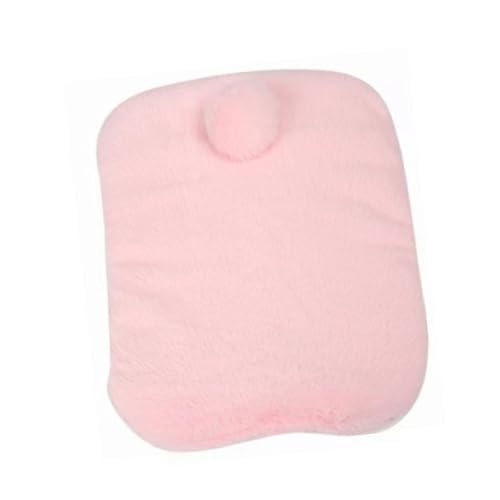Sabine
Well-Known Member
Agoutis?! Right?
I breed Siamese Smokes and Sables and I've had a few instances where people asked me about what colour would go with them.
Shaded ND are very hard to come by here so I am never quite sure how to answer that question.
I guess sable/smoke marten wouldn't be too bad but what about otter (somebody actually asked me that)
Can someone give me an idea which colours are a total NoNo and which would still give decent even showable results.
Any help would be greatly appreciated. Sabine
I breed Siamese Smokes and Sables and I've had a few instances where people asked me about what colour would go with them.
Shaded ND are very hard to come by here so I am never quite sure how to answer that question.
I guess sable/smoke marten wouldn't be too bad but what about otter (somebody actually asked me that)
Can someone give me an idea which colours are a total NoNo and which would still give decent even showable results.
Any help would be greatly appreciated. Sabine





































































